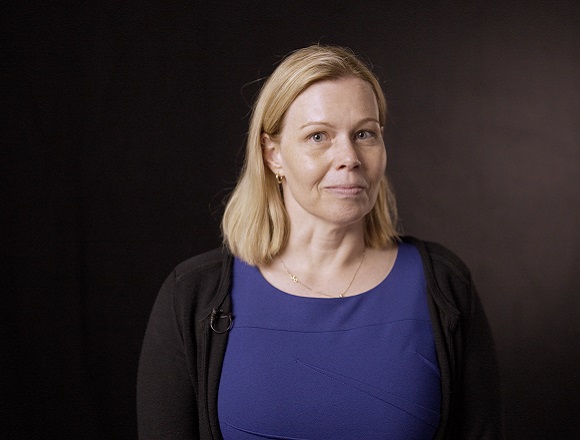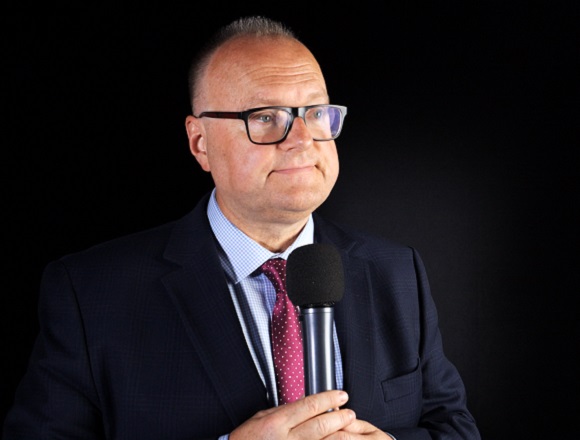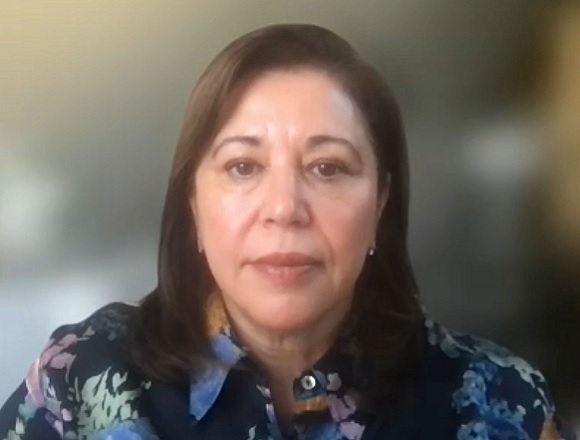Jyotirmoy Pal, MD, is a professor of medicine, consultant physician, and geriatrician in the College of Medicine & Sagore Dutta Hospital, India. He is the current president-elect of the Association of Physicians of India and has served as dean of the Indian College of Physicians.
What are the key points in the prevention of falls? What to sensitize the patients to and what is the responsibility of the physician?
Jyotirmoy Pal, MD: The key points are, number one, you have to prevent falls. This is the most important thing. So, first you have to identify whether the patient is happening to have gait and balance abnormality. The patients whose gait and balance are okay basically never fall. So, you identify whether the patient has gait and balance abnormality. If the patients have gait and balance abnormality, you identify what are the causes of this. Whether the patients have some vision abnormality, some hearing abnormality, some vestibular apparatus abnormalities, a nervous system abnormality; whether the patient has a pyramidal disease or an extrapyramidal disease, dementia, cognitive impairment, peripheral neuropathy; or whether the patients have some deformity of the foot, muscle loss, sarcopenia, frailty, or cardiovascular disease. A complete heart block, 2:1 heart block—this can result in syncope and can lead to the fall. So, you have to identify all the systemic diseases as a risk factor; (...) it is the physician’s duty, as I told at the beginning.
The patient and patient’s relatives often consider a fall is a matter of weakness, the aging process, a normal phenomenon. But it may not be a normal phenomenon, it may be a manifestation of a very serious disorder. So, the physician’s duty is to make the patient and patient’s relatives aware of the future fall. One thing is, you can prevent a fall and you can early diagnose an organic disease and at the same time you can give some fall prevention mechanisms, because an elderly patient is often osteoporotic and if there is a fall, they’ll have a hip fracture. After a hip fracture, if the patient has multimorbidity, the patient’s operation may not be possible, so the patient will be bedridden. What will happen then is the patient will develop bedsores, another one will develop depression or urinary tract infection (UTI), and another will develop pneumonia, so the patient’s lifespan will be curtailed. The fall effect is very much injurious or detrimental to the elderly. That is the physician’s duty to make the patient and patient relatives aware that this is not a simple phenomenon. This is not due to weakness; this is not the aging phenomenon. This can be a manifestation of an underlying serious disease. This is the key point in the fall prevention awareness program.
 English
English
 Español
Español
 українська
українська






